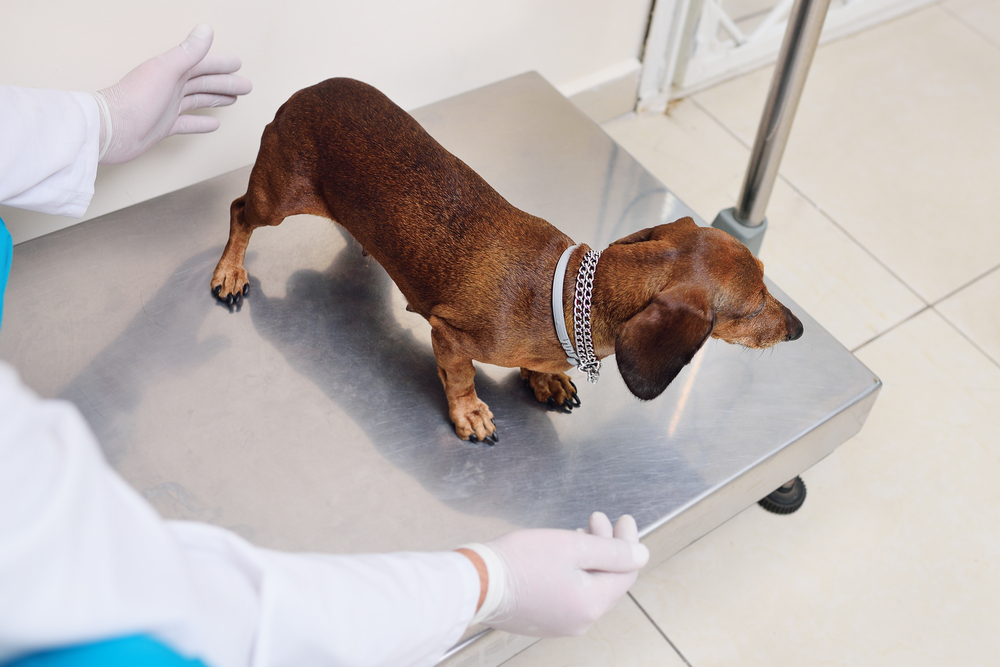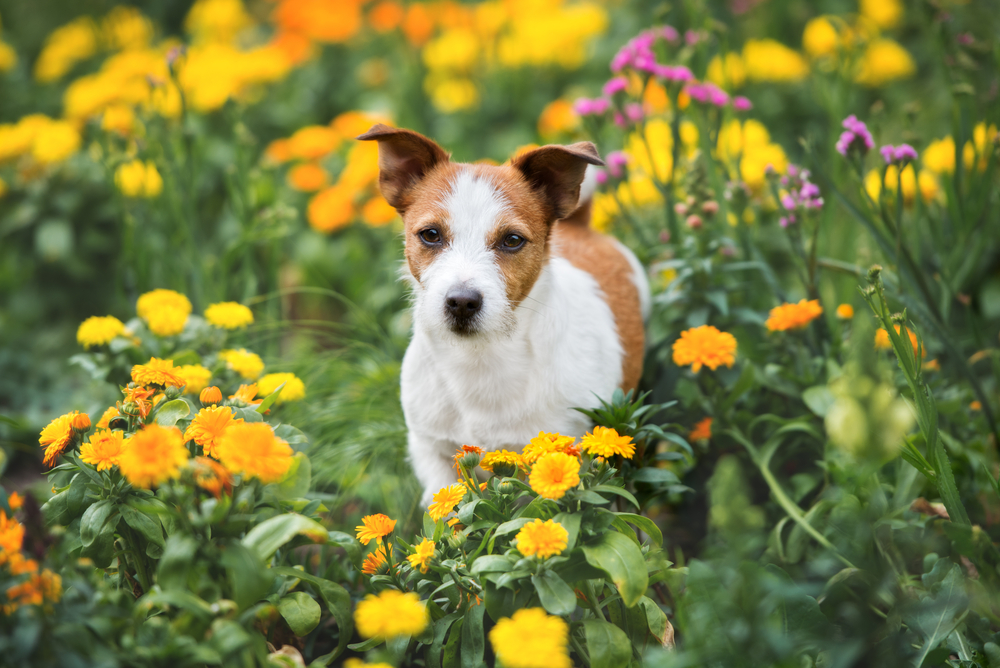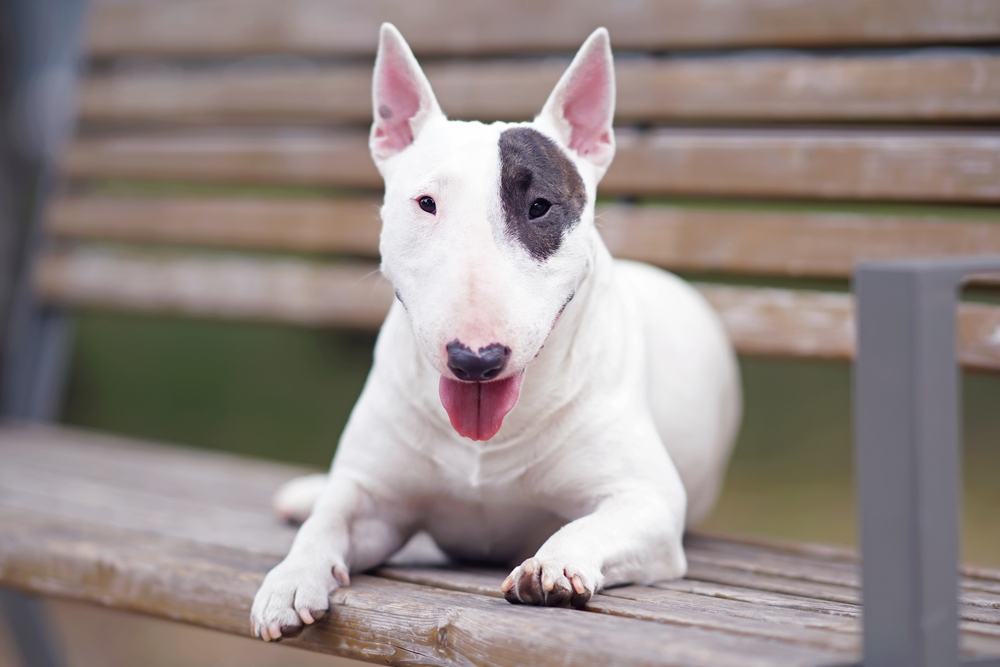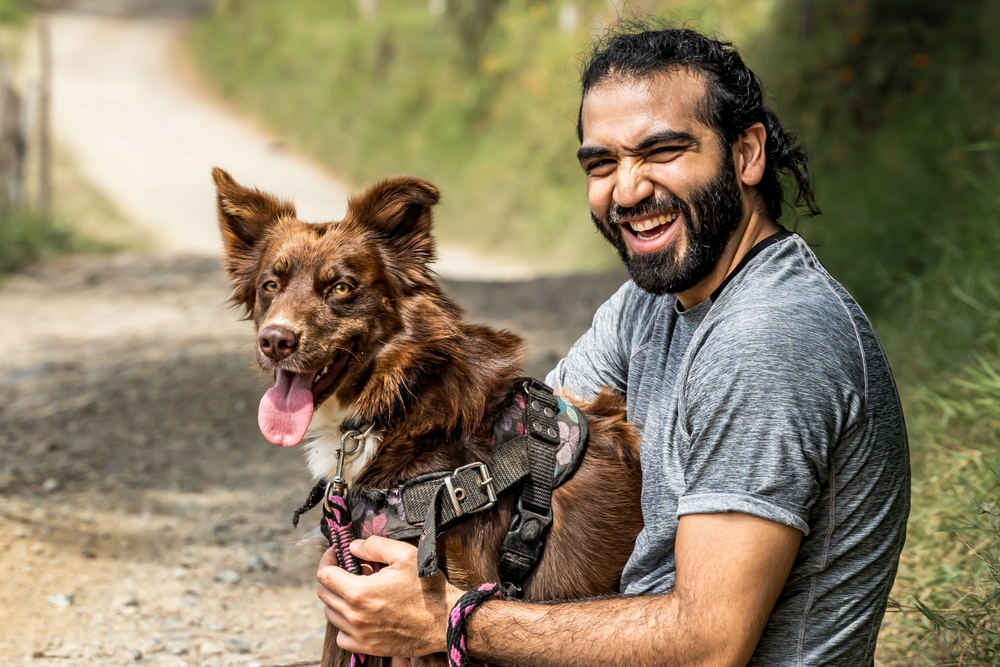When it comes to taking your beloved pooch to the vet, you might hope for wagging tails and friendly cooperation. However, some dog breeds are known for being a bit more challenging during these visits, primarily due to their temperament, size, or past experiences. While every dog is unique and may never show aggression, some breeds statistically have higher instances of biting when stressed or scared. Here’s a look at 13 dog breeds that are more likely to give your vet a hard time.
1. Chihuahua

Chihuahuas, with their adorable small stature and big personalities, are often quick to assert themselves in unfamiliar situations. Despite their size, they can be fiercely protective and may perceive the vet’s office as a threat to their safety. This breed often experiences stress in environments filled with new sounds and scents, leading to defensive behavior. Their sharp little teeth can be surprisingly effective, making them more likely to bite when feeling cornered or uncomfortable.
According to a study published in the Journal of Applied Animal Welfare Science, Chihuahuas rank high in terms of aggression toward humans, including veterinarians. The study highlights how their natural wariness of strangers can manifest as hostility in unfamiliar settings. It’s a classic case of small dog syndrome, where the canine feels the need to be extra assertive due to its diminutive size. Ensuring they have a positive vet experience from a young age can help reduce anxiety and potential biting incidents.
2. Dachshund

The Dachshund might be known for its playful spirit and elongated body, but it can also be quite the handful at the vet. These dogs are known to be stubborn, and their independence can sometimes lead to aggressive behavior when they feel threatened. With their keen hunting instincts, they may not take kindly to being handled by strangers, especially if it involves poking and prodding. Their small size can make them feel vulnerable, prompting defensive responses such as barking or snapping.
Handling a Dachshund requires patience and an understanding of their unique temperament. Owners often find success by acclimating them to vet visits early on and using positive reinforcement to create a less stressful experience. It’s also helpful to bring a familiar item, like a blanket or toy, to provide comfort during the visit. Despite their occasional grumpiness, Dachshunds are loyal companions who, with the right approach, can learn to tolerate vet check-ups.
3. Jack Russell Terrier

Jack Russell Terriers are bundles of energy with a propensity for getting into mischief, and this extends to their vet visits. Known for their intelligence and assertiveness, these dogs can become impatient and testy when confined or restrained. Their strong prey drive and need for activity mean they rarely sit still, making it difficult for vets to perform exams. In stressful situations, Jack Russells may resort to snapping if they feel unable to escape.
Experts at the American Kennel Club note that early socialization is key to managing a Jack Russell’s behavior in stressful settings. Introducing them to various experiences and people during their formative years can significantly reduce their anxiety at the vet. Training them with basic commands and rewarding calm behavior goes a long way in preventing defensive reactions. With their vibrant personalities, it’s essential to channel their energy positively, even during more challenging scenarios.
4. Cocker Spaniel

Cocker Spaniels might seem like the epitome of sweetness with their floppy ears and soulful eyes, but even they have their limits. These affectionate dogs thrive on companionship and can become distressed when their routine is disrupted. At the vet, this anxiety can lead to unexpected aggression, especially if they’ve had negative experiences in the past. While generally good-natured, Cocker Spaniels may lash out if they feel threatened or cornered.
Creating a positive association with the vet can help alleviate some of this stress. Frequent, calm visits where nothing unpleasant happens can make them more comfortable with the environment. Additionally, gentle handling and a calm demeanor from both the vet and the owner help reassure these sensitive dogs. Over time, with consistent effort, a Cocker Spaniel can learn to navigate the vet’s office without resorting to defensive behavior.
5. German Shepherd

German Shepherds are renowned for their intelligence, loyalty, and protective instincts, which makes them excellent working dogs. However, these same traits can translate into aggression in a vet’s office if not properly managed. Their strong protective drive can make them wary of strangers, including veterinarians, especially in stressful situations. A study from the American Veterinary Medical Association found that German Shepherds are among the breeds more likely to exhibit aggressive behavior when stressed.
To mitigate this behavior, early socialization and training are crucial, as is maintaining a calm, assertive presence during vet visits. Familiarity with the vet, positive reinforcement, and desensitization exercises can reduce their stress response. German Shepherds often thrive with a job to do, so engaging their minds with training exercises before and after vet visits can also help. With the right approach, these loyal companions can be made to feel more secure and less defensive in the vet’s office.
6. Rottweiler

Rottweilers, with their powerful build and strong guarding instincts, have a reputation that precedes them. While generally good-natured and loyal, they can become aggressive if they perceive a threat to themselves or their family. At the vet, this defensive instinct can be triggered, especially if they feel cornered or unable to understand the situation. Their strength and determination make it essential for owners to handle them with care and confidence.
Proper training from a young age is the best way to ensure a Rottweiler remains calm and manageable in stressful situations. Introducing them to a variety of people and environments can help them become more adaptable and less prone to fear-based aggression. Using positive reinforcement to reward calm behavior during vet visits can help these dogs associate the experience with something positive. With the right approach, a Rottweiler can be a well-behaved and steady companion, even in challenging situations.
7. Boxer

Boxers are known for their playful energy and boundless enthusiasm, but this can sometimes translate into stubbornness. When stressed or anxious, their natural exuberance can turn to defensiveness, making vet visits a bit of a challenge. Their strong, muscular build means that when they resist, they do so with determination and force. However, beneath their occasional stubborn exterior, Boxers are intelligent and can be trained to manage their anxiety effectively.
Training a Boxer to be calm in novel situations requires patience and consistency. Regular exposure to different environments and people can help them adapt more easily to the vet’s office. Positive reinforcement, such as treats and praise, encourages them to associate the vet with positive experiences. With a bit of effort, Boxers can learn to direct their energy in a more controlled and less reactive manner.
8. Dalmatian

Dalmatians, with their distinctive spots and energetic nature, are known for their intelligence and independence. While generally friendly, they can become unpredictable and defensive when stressed or frightened. The high energy that makes them great companions can also make them challenging to manage in the confined space of a vet’s office. Their strong will means they may resist restraint, leading to potential aggressive behavior.
Proper training from an early age is crucial to ensuring a Dalmatian remains calm and manageable during vet visits. Familiarity with the vet and regular visits for non-stressful reasons can help them remain relaxed in medical settings. Reinforcing positive behavior with treats and praise encourages them to remain calm despite the unfamiliar environment. With the right approach, Dalmatians can be well-mannered and cooperative companions, even during vet visits.
9. Miniature Pinscher

Miniature Pinschers are small in size but big in personality, often displaying a feisty and independent nature. This breed can be particularly challenging at the vet due to their high energy and strong will. When they feel threatened or uncomfortable, they may resort to barking or snapping in self-defense. Their small stature can make them feel particularly vulnerable, increasing their likelihood of aggressive behavior.
Socializing Miniature Pinschers from a young age can help them become more adaptable and less reactive in unfamiliar situations. Exposing them to a variety of experiences and environments can build their confidence and reduce anxiety during vet visits. Using positive reinforcement, such as treats and praise, can encourage calm behavior. With patience and training, Miniature Pinschers can learn to handle the stress of vet visits without resorting to defensive aggression.
10. Siberian Husky

Siberian Huskies are known for their striking appearance and independent spirit, which can sometimes pose challenges during vet visits. These dogs are naturally curious and may become anxious in unfamiliar settings, leading to defensive behavior. Their strong prey drive and need for activity mean they rarely sit still, making them difficult to handle during exams. If they perceive a threat, they may resort to biting as a form of self-protection.
Training and socialization from an early age are essential for managing a Husky’s behavior in stressful situations. Regular exposure to different environments and people helps them become more adaptable and less prone to anxiety at the vet. Positive reinforcement, such as treats and praise, encourages calm behavior and reduces the likelihood of aggressive reactions. With the right approach, Siberian Huskies can learn to navigate the vet’s office with confidence and composure.
11. Beagle

Beagles, with their soulful eyes and playful nature, might seem unlikely candidates for aggressive behavior. However, their strong hunting instincts and curious nature can make them challenging to handle in stressful situations. At the vet, their natural curiosity can turn to anxiety, leading to defensive behaviors like growling or snapping. Their strong sense of smell makes them particularly sensitive to the unfamiliar scents of a vet’s office, heightening their stress levels.
To help a Beagle remain calm during vet visits, early socialization and positive experiences are key. Accustoming them to handling and different environments can reduce their fear response. Using treats as a reward for calm behavior can help them associate vet visits with positive outcomes. With patience and understanding, Beagles can be taught to handle the stress of vet visits with more ease and less aggression.
12. Bull Terrier

Bull Terriers are known for their distinctive appearance and strong, muscular build. While generally friendly and affectionate, they can become aggressive if they feel threatened or cornered. At the vet, this sense of vulnerability can lead to defensive behavior, especially if they haven’t been properly socialized. Their strength and determination make it essential for owners to handle them with care and confidence.
Proper training from a young age is crucial to ensuring a Bull Terrier remains calm and manageable in stressful situations. Introducing them to a variety of people and environments can help them become more adaptable and less prone to fear-based aggression. Using positive reinforcement to reward calm behavior during vet visits can help these dogs associate the experience with something positive. With the right approach, a Bull Terrier can be a well-behaved and steady companion, even in challenging situations.
13. Border Collie

Border Collies are renowned for their intelligence and herding instincts, which can sometimes translate into overprotectiveness. While they are generally friendly, their strong instinct to control their environment can lead to anxiety in unfamiliar settings like a vet’s office. Their high energy and keen senses mean they are acutely aware of their surroundings, which can make them more reactive when stressed. Despite their intelligence, they may resort to snapping if they feel unable to manage the situation.
To ensure a Border Collie remains calm during vet visits, early socialization and training are essential. Familiarity with the vet and exposure to different environments can help them remain relaxed and confident in medical settings. Positive reinforcement, such as treats and praise, encourages them to associate the vet with positive experiences. With the right approach, Border Collies can learn to manage their anxiety and navigate vet visits with poise.
